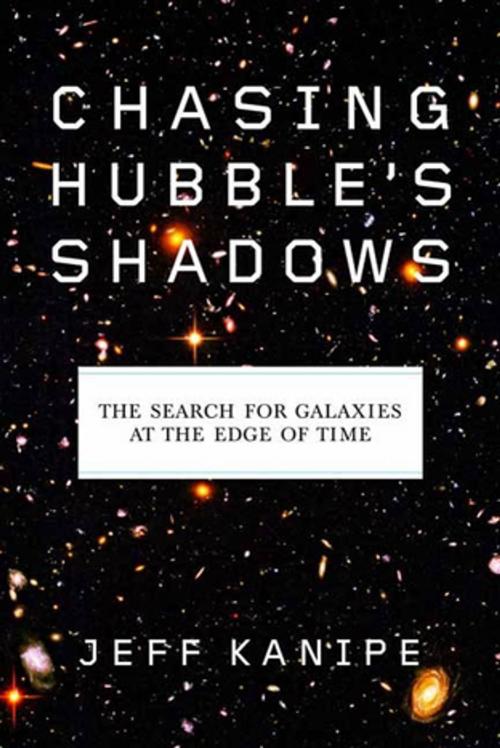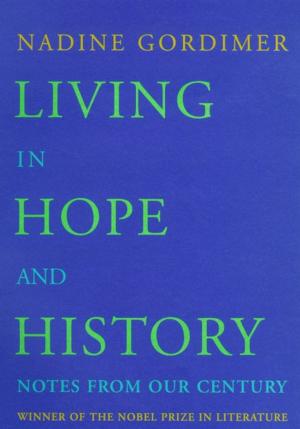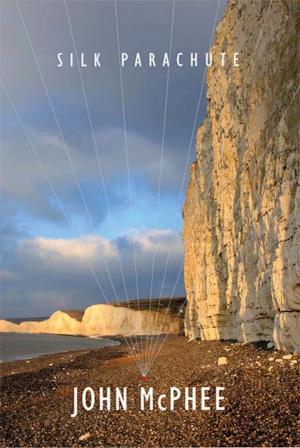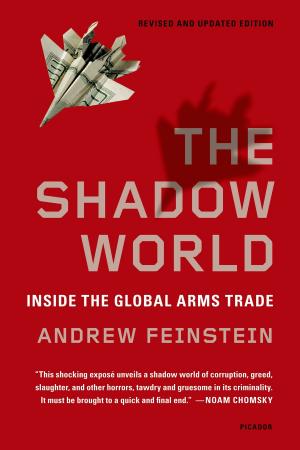Chasing Hubble's Shadows
The Search for Galaxies at the Edge of Time
Nonfiction, Science & Nature, Science, Physics, Astronomy| Author: | Jeff Kanipe | ISBN: | 9780374707224 |
| Publisher: | Farrar, Straus and Giroux | Publication: | January 23, 2007 |
| Imprint: | Hill and Wang | Language: | English |
| Author: | Jeff Kanipe |
| ISBN: | 9780374707224 |
| Publisher: | Farrar, Straus and Giroux |
| Publication: | January 23, 2007 |
| Imprint: | Hill and Wang |
| Language: | English |
Chasing Hubble's Shadows is an account of the continuing efforts of astronomers to probe the outermost limits of the observable universe. The book derives its title from something the great American astronomer Edwin Hubble once wrote: "Eventually, we reach the dim boundary—the utmost limits of our telescopes. There, we measure shadows, and we search among ghostly errors of measurement for landmarks that are scarcely more substantial."
The quest for Hubble's "shadows"—those unimaginably distant, wispy traces of stars and galaxies that formed within the first few hundred million years after the Big Bang—takes us back, in effect, to the beginning of time as we are able to perceive it, when the first discrete stellar objects appeared out of what has lately come to be known as the "cosmic dark age." The information that is being gleaned from these dim sources—chiefly with the aid of Hubble's namesake, the Hubble Space Telescope—promises to yield clues to many cosmic puzzles, including the nature of the mysterious "dark energy" that is now believed to pervade all of space.
Chasing Hubble's Shadows is an account of the continuing efforts of astronomers to probe the outermost limits of the observable universe. The book derives its title from something the great American astronomer Edwin Hubble once wrote: "Eventually, we reach the dim boundary—the utmost limits of our telescopes. There, we measure shadows, and we search among ghostly errors of measurement for landmarks that are scarcely more substantial."
The quest for Hubble's "shadows"—those unimaginably distant, wispy traces of stars and galaxies that formed within the first few hundred million years after the Big Bang—takes us back, in effect, to the beginning of time as we are able to perceive it, when the first discrete stellar objects appeared out of what has lately come to be known as the "cosmic dark age." The information that is being gleaned from these dim sources—chiefly with the aid of Hubble's namesake, the Hubble Space Telescope—promises to yield clues to many cosmic puzzles, including the nature of the mysterious "dark energy" that is now believed to pervade all of space.















